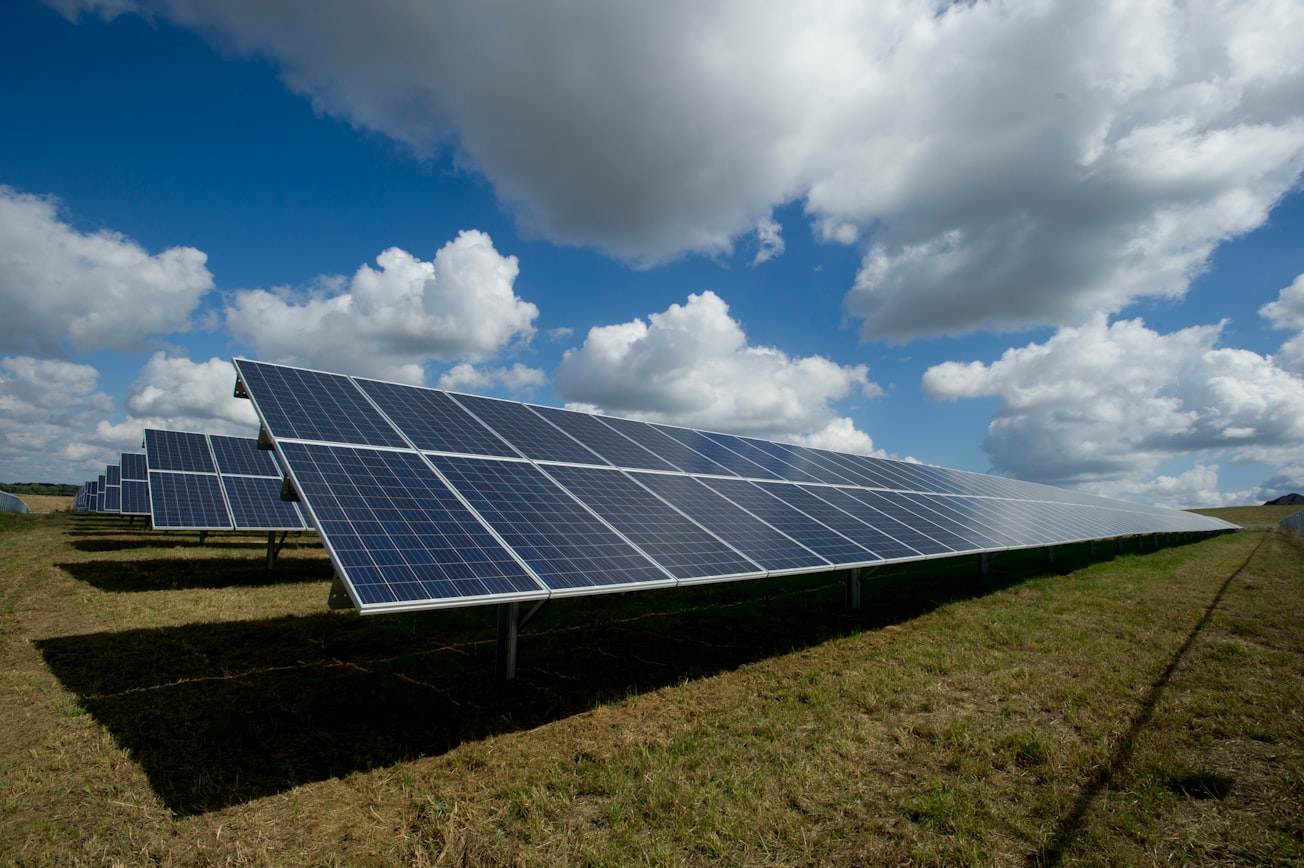What is it about?
While the earth is combatting the perils of climate change and fast-diminishing conventional energy resources, solar power has emerged as a sustainable energy solution for the future. However, the energy outputs of solar panels are heavily dependent on weather conditions, especially the intensity of cloud cover. Cloudy, overcast, or rainy days lead to decreased photovoltaic energy being converted from sunlight. In a recent study, authors present the development, validation, and performance of a model designed to estimate the optical properties of clouds. They used high-resolution imagery from a Geostationary Operational Environmental Satellite (GOES)-R sensor, along with Spectral Cloud Optical Property Estimation (SCOPE), a method that combines data from atmospheric parameters like ambient temperature and relative humidity to determine various optical properties of clouds at five minutes intervals throughout the day and night. The accuracy of the model was evaluated at seven climatically distinct regions in the US. SCOPE proved to be a solar forecasting method that was fast, accurate, widely applicable, compatible with different satellite systems, and had minimum data dependency.
Featured Image

Photo by American Public Power Association on Unsplash
Why is it important?
New solar power generation systems need to take the effect of cloud cover into account during designing. However, a lack of accurate data leads to oversimplification of cloud optical properties during solar forecasting. SCOPE could plug this gap in knowledge by providing relevant and easy-to-access data. KEY TAKEAWAY: This new ‘remote-sensing’ method will help us predict cloud cover more accurately, which will help make solar power generation more predictable.
Read the Original
This page is a summary of: SCOPE: Spectral cloud optical property estimation using real-time GOES-R longwave imagery, Journal of Renewable and Sustainable Energy, March 2020, American Institute of Physics,
DOI: 10.1063/1.5144350.
You can read the full text:
Resources
Climate Change Knowledge Cooperative
Explore the wider collection of climate change research summaries.
What are the challenges in meeting the massive demand for solar energy?
PV energy needs to be adopted as a much faster rate to meet global energy demands and keep the PV market sustainable. Governmental incentives are essential to achieving this.
Energizing the next industrial revolution with self-charging power systems
Self-charging power systems are devices that can both store and harvest energy. They do this by extracting the electricity from particles pushing against each other inside an object, or by capturing static electricity from friction between two objects. This is a really active and exciting area of research.
'Warming up' to sustainable energy production with PER cells
PER cells are a promising source of sustainable energy, and through technological improvements, these photovoltaic cells can be made more energy efficient.
Nickel-iron battolysers: A key to greening our energy systems
Lithium-iron battolysers are part battery, part electrolyser. They are a cost-effective option for producing hydrogen fuel and have the potential to provide long-term energy storage on national grids.
Contributors
Be the first to contribute to this page







